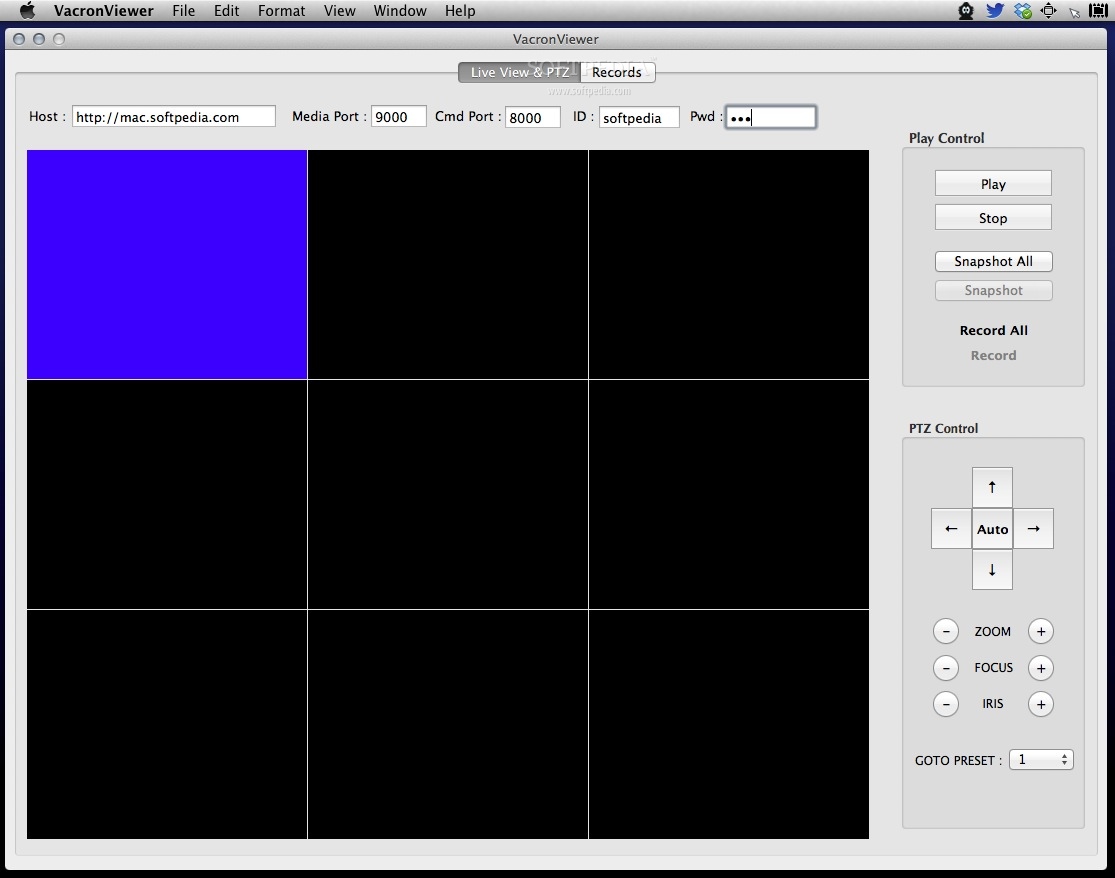Moho Pro 13 is perfect for professionals looking for a more efficient alternative to tedious frame-by-frame animation. With an intuitive interface, a visual content library and powerful features such as a bone rigging system, bitmap to vector conversion, integrated lip-synching, 3D modeling, physics, motion tracking, a character wizard and more, Moho Pro 13 delivers advanced animation tools to. Programmed in Java, Raptor can be used on a variety of operating systems, including popular ones such as Windows, Mac OS X, and Linux. System requirements Java 1.6 or later. Windows Vista / XP / 7, Mac OS X 10.7 Lion, 1 offer from $148.95 XP-Pen Deco 01 V2 10x6.25 Inch Digital Graphics Drawing Tablet Drawing Pen Tablet with Battery-Free Passive Stylus and 8 Shortcut Keys (8192 Levels Pressure).
Introduction to Mono on macOS
Mono supports macOS version 10.9 (Mavericks) and later.
You can use Mono on macOS to build server, console and GUI applications. Read below for the options available for GUI application development.
If you are interested in creating native GUI applications, use the MonoMac bindings and our MonoDevelop add-in. Read the description on MonoMac for more information on how to get started.
Moho For Mac Os 10.13
Installing Mono on macOS
You can use Mono either as a runtime to run existing application, or as an SDK to develop new applications with Mono.
Visit the download page to find the latest macOS package. Run it and follow the instructions there, you can either get a basic runtime, or a complete runtime plus a software development kit.
If you plan on developing applications with Mono, we suggest that you also install the MonoDevelop IDE after you install Mono.
The Mono package includes:
- The Mono Runtime
- GUI Toolkits: Windows.Forms and Gtk# for macOS.
- Note: the MonoMac GUI toolkit for native macOS GUI development is currently a separate download.
- SDK: C#, Visual Basic compilers, assemblers and tools
- XSP ASP.NET server
- Manual pages.
This package installs as a framework into /Library/Frameworks/Mono.framework (the same way the Java packages are installed). The executable binaries can be found in /Library/Frameworks/Mono.framework/Versions/Current/bin. If you’d like to access the mono manpages you’ll have to add /Library/Frameworks/Mono.framework/Versions/Current/man to your manpath. The macOS Mono package does not include Gtk#, XSP or mod_mono. These will have to be compiled from source.
Our packages currently require macOS 10.9 or better, for older versions, you will need to build from source code.
Using Mono on macOS
At this point, you must use Mono from the command line, the usual set of commands that are available on other ports of Mono are available.
To build applications you can use “mcs”, to run then you can use mono.
From a Terminal shell, you can try it out:
Most users would be using the MonoDevelop IDE to create their projects.
You will have a choice of GUI toolkits for building your application, from pure cross platform, to Mac-specific using MonoMac.
32 and 64 bit support
The Mono packages published on this web site provide both a 32-bit and a 64-bit Mono VM.
Starting from Mono 5.2 the mono command defaults to 64-bit, you can use the --arch=32/64 switch to control the bitness.
The 64 bit support has a few limitations today:
- Our Windows.Forms implementation uses Carbon, and as such, it would not work with a 64-bit Mono.
Building Client Applications
There are a few choices to build client applications on macOS, you should pick the technology that better fits your goals, your choices are:
| Toolkit | Runs on Linux | Runs on Windows | Runs on Mac | Binding Style | License | Status |
| MonoMac | no | no | yes | Strongly typed C# binding to Cocoa APIs | MIT X11 | Actively developed, builds on the design lessons from MonoTouch but still incomplete. This will be the new default binding for Mono on macOS. Separate download. |
| Gtk# | yes | yes | yes | Strongly typed C# binding to the cross platform Gtk+ API. Applications look foreign on macOS. | LGPL v2 | Actively developed, cross platform. Bundled with Mono. |
| Windows.Forms | yes | yes | yes | Cross platform implementation of Microsoft’s Windows.Forms. Applications look foreign on macOS. | MIT X11 | The Windows.Forms API was frozen in time by Microsoft. Bundled with Mono. |
| MonObjc | no | no | yes | Binding to the native Cocoa APIs, but requires manual use of Objective-C selectors to work with, relatively thin wrapper around the underlying APIs. | LGPL v3 | Actively developed. Separate download. |
| CocoaSharp | no | no | yes | Binding to the native Cocoa APIs, but requires manual use of Objective-C selectors to work with, relatively thin wrapper around the underlying APIs. | MIT X11 | No longer developed, no longer maintained, deprecated. Bundled with Mono. |

Running Mono applications on macOS
Running applications on macOS is very similar to linux systems, from the terminal:
For GTK# applications, it’s easiest to run them the same way but using xterm from X11.app
Windows.Forms
Mono For Mac Os
Mono’s implementation of the System.Windows.Forms API is built on top of Carbon and can only run with Mono on 32 bit systems. The look and feel of System.Windows.Forms applications mimics the Windows style and does not currently render like a native macOS application.
Third Party Libraries
ObjC# is a transparent two way bridge that allows the CLR to access the rich underlying ObjectiveC frameworks as well as providing direct access to the CLR frameworks from the ObjectiveC language.
Uninstalling Mono on macOS
Run this script in a terminal:
